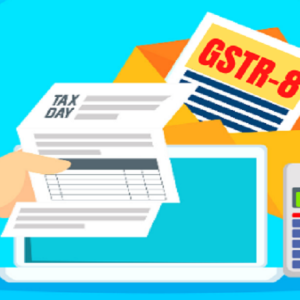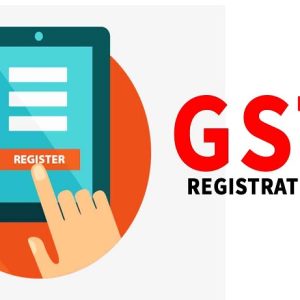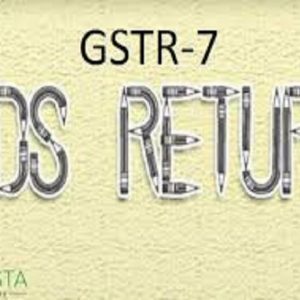Description
GST Reconciliation: Importance, Process & Common Issues
📘 What is Reconciliation?
In general terms, reconciliation refers to comparing two sets of records to identify and correct discrepancies or omissions. In the context of taxation, reconciliation plays a vital role in ensuring the accuracy of tax reporting and compliance.
Discrepancies in reconciliation can lead to underpayment, overpayment, or non-payment of taxes. Such inconsistencies, if left unaddressed, may result in scrutiny notices, penalties, or even suspension of GST registration.
🔍 Why GST Reconciliation is Important
Regular reconciliation under GST is essential to:
-
Ensure accurate claim of Input Tax Credit (ITC).
-
Avoid penalties or legal consequences from incorrect tax reporting.
-
Detect and rectify errors or mismatches before filing returns.
-
Strengthen vendor compliance through follow-ups and rectifications.
🔄 Common Types of GST Reconciliation
Below are some key reconciliation types that businesses must perform:
1. GSTR-3B vs GSTR-2A / GSTR-2B (Input Tax Credit)
Compare ITC claimed in GSTR-3B with ITC auto-reflected in GSTR-2A/2B to identify any excess or ineligible claims.
2. GSTR-3B vs GSTR-1 (Outward Supplies)
Match sales reported in GSTR-3B with those declared in GSTR-1 to check for omissions or reporting mismatches.
3. Books of Accounts vs GSTR-1 (Sales)
Ensure that outward supplies in the books match the auto-populated GSTR-1 data generated from e-invoicing.
4. GSTR-2B vs Books of Accounts (ITC)
Identify discrepancies between ITC values in books and GSTR-2B, especially relevant after 1st Jan 2022 with the removal of provisional ITC.
5. Auto-Populated GSTR-3B vs Books of Accounts (Tax Payable)
Reconcile actual tax liabilities from books with values populated in GSTR-3B.
🛠️ Common Causes of GST Mismatches
-
Credit not availed though vendor declared liability
-
Must be claimed on or before the earlier of:
-
September return due date of the subsequent financial year, or
-
Date of filing the Annual Return.
-
-
-
Credit availed but vendor hasn’t declared liability
-
Requires immediate vendor follow-up; otherwise, such credit may be disallowed.
-
-
Mismatch between vendor-declared liability and credit claimed
-
Identify reasons (e.g., wrong invoice amounts) and resolve via debit/credit notes.
-
Deadline: Before filing return under Section 39 for September or annual return.
-
-
Data entry or reporting errors
-
Errors in GSTIN, invoice number/date, or taxable values should be corrected by amendments in the next month’s return.
-
📅 Timelines for Reconciliation
To preserve eligibility for ITC, reconciliation must be completed before:
-
The due date of GSTR-3B for the month of September following the end of the financial year, or
-
Filing of the Annual Return, whichever is earlier.
✅ Best Practices
-
Conduct monthly reconciliation for timely detection of mismatches.
-
Maintain strong vendor communication to ensure accurate GST filings.
-
Automate reconciliation with GST-compliant accounting software for efficiency.
Required Documents
- GST Portal Login Credentials
- All filed Return.
- Sales & Purchase data






Reviews
There are no reviews yet.